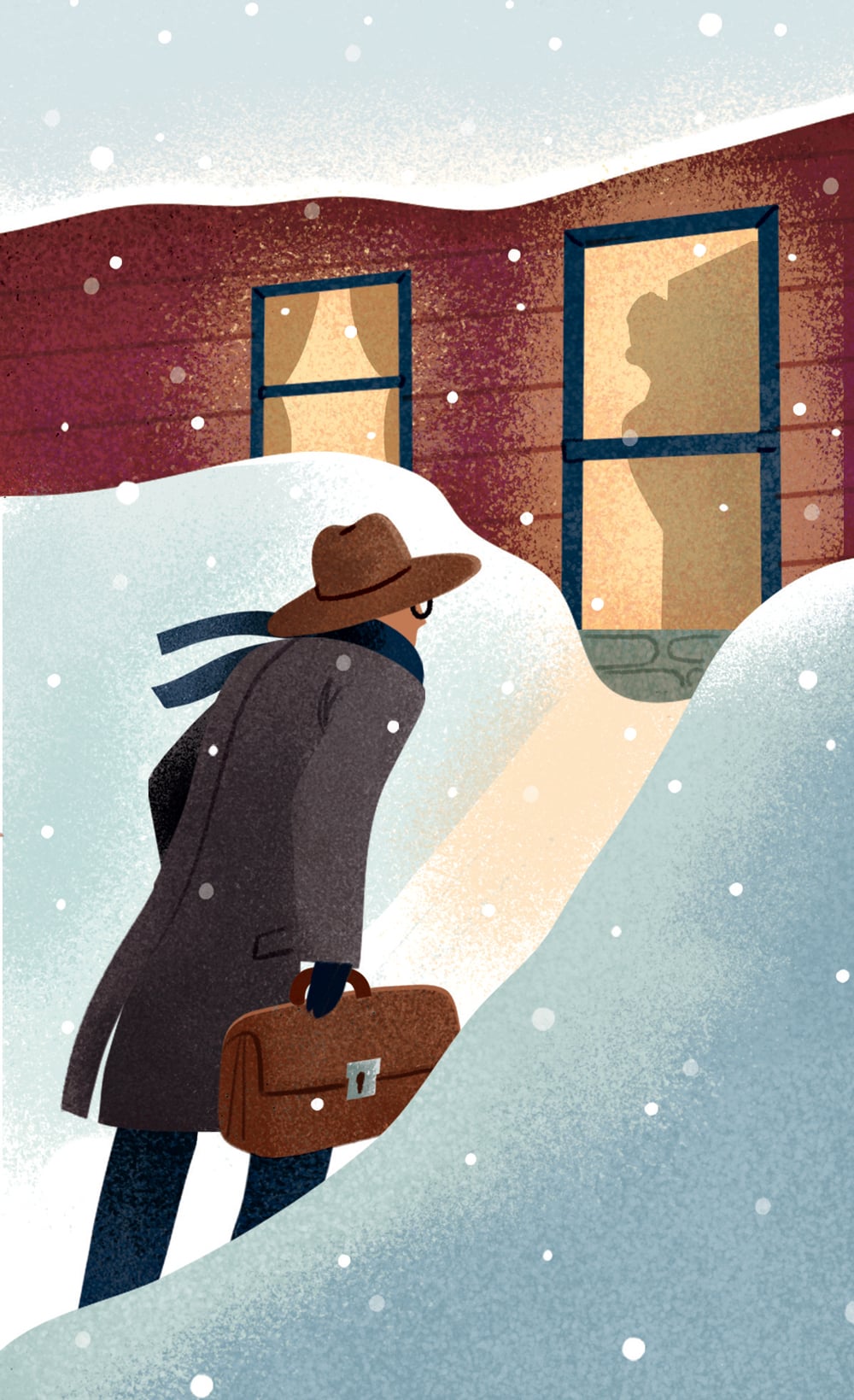December Babies | Mary’s Farm
Those of us born in December often arrive late, or so say the old wives, who claim that these fiery infants aren’t anxious to come forth into the cold world. I was apparently not interested in that cold entry, as I was born on December 10 rather than November 14, the day my mother expected […]


Those of us born in December often arrive late, or so say the old wives, who claim that these fiery infants aren’t anxious to come forth into the cold world. I was apparently not interested in that cold entry, as I was born on December 10 rather than November 14, the day my mother expected me. That was also the day Queen Elizabeth gave birth to Prince Charles. I don’t think my mother ever quite got over the disappointment that I didn’t come when I was supposed to, as I think she liked the idea of giving birth the same day as the queen.
Twenty-five years ago one of my closest friends was expecting her first baby. She and her husband had chosen to live in the woods, with only a horse for transportation. They lived in a cabin with no electricity or telephone, almost a mile from the road. Her due date was in early December, and I was not the only one who worried that she might not make it out of the woods in time. Would she ride her horse to the hospital? Maybe she wondered, too, as the date came and went and no baby arrived. At last she went into the hospital, where labor was induced, and she gave birth to a beautiful, rugged little boy two days after Christmas. The boy is now a man, six feet and more.
Yet the most astonishing birth story I know of is not about being born late, but too soon. This happened to a friend who was born two months early, into the chill month of December, in the 1930s, in the hills of Vermont.
It was nearly Christmas, and on the night she was born, a snowstorm blocked the roads and especially the high hill where her family farmed. Fortunately, the family doctor lived on the same hill, so he was able to get to the house just before the little girl emerged, small as a bird, very likely too small to survive.
These were the instructions the doctor gave to her father: Fill half a dozen Mason jars with boiling water and place them around the sides of a wooden box. Wrap the baby in a woolen blanket and place her into the jar-warmed box. Set the box into the oven and leave the door open. Then go upstairs and start the stove in the bedroom. Keep the door to the room shut and raise the temperature as high as you can get it.
Her father carefully followed the doctor’s plan, tightly sealing the room and kindling a roaring fire with thin, split sticks. He kept his tiny daughter in the oven until the bedroom was ready, then he carried her to the hot room and left her inside, in her cradle.
When he returned, he saw, to his horror, that she had turned blue. He knew in an instant what she needed. Throwing open the window, he held the gasping infant out into the December night, where she gulped in the icy air, the balm that she needed.
My friend is in her 60s now, a good age to reflect on such a fearsome entry into this unprotected life, which she sometimes does while sitting out on the grass of her father’s farm. It is much as he kept it, minus the animals, and that room where he created her incubator is largely unchanged.
I love her story because it reminds me that, though life is fragile and is often taken from us in ways that leave us mystified, still, a box of warm Mason jars, a woodstove, and the cold air of a December night were, at one time, all that was needed to save a tiny life.
A slightly longer version of this essay appeared in the December 2001 issue of Yankee. To learn more about Edie Clark, read her selected articles and essays, or order her books, go to edieclark.com.


